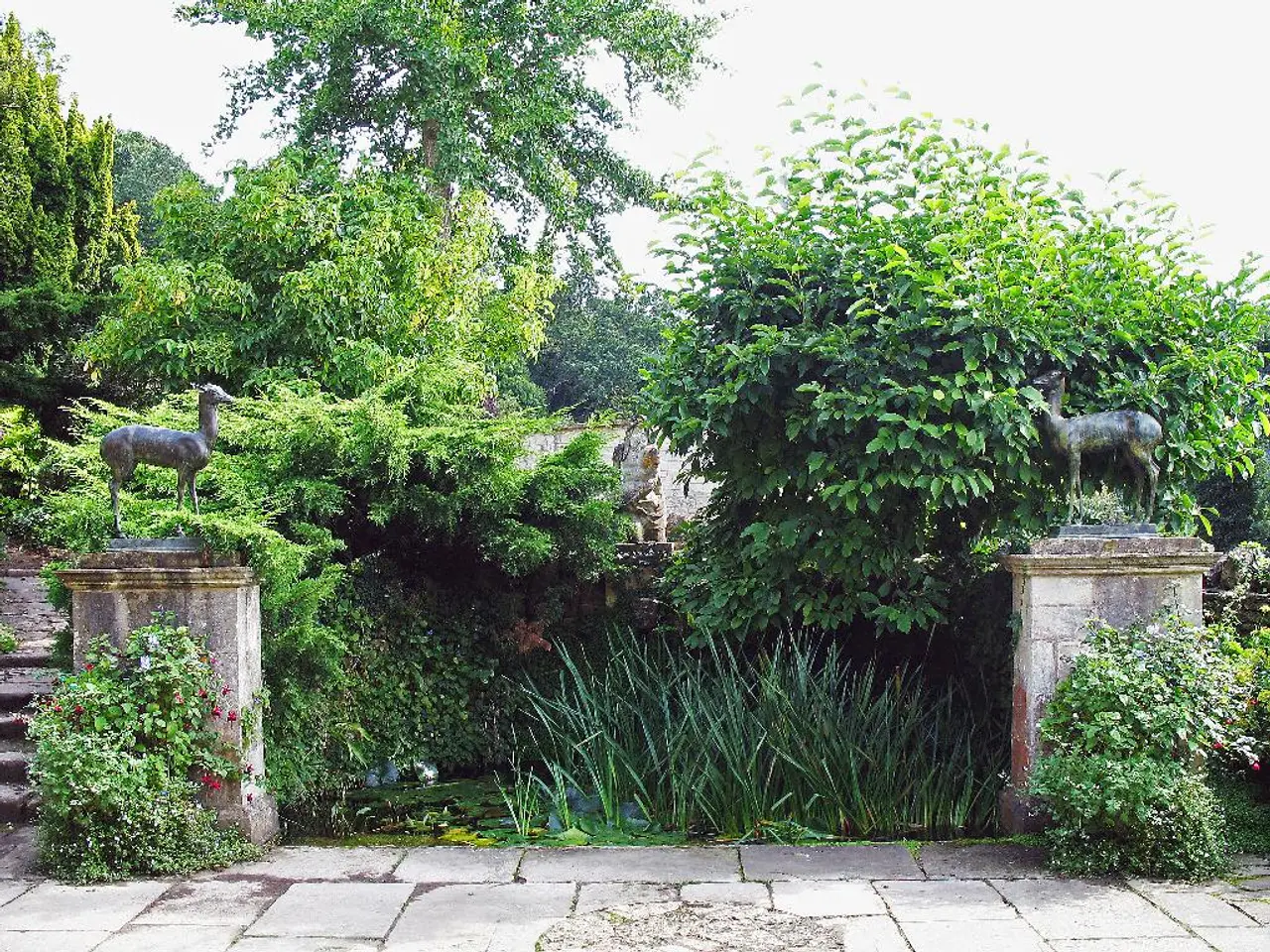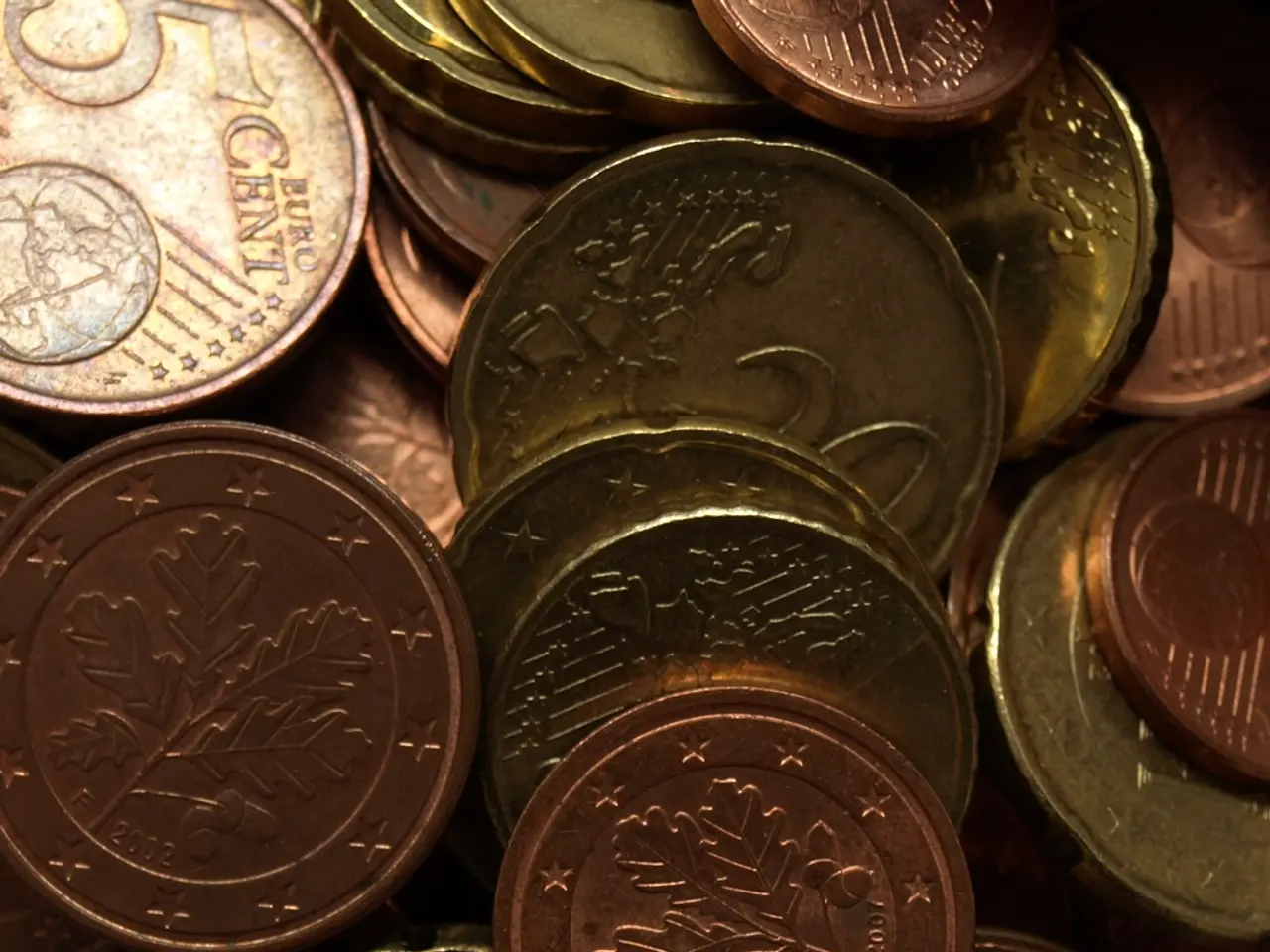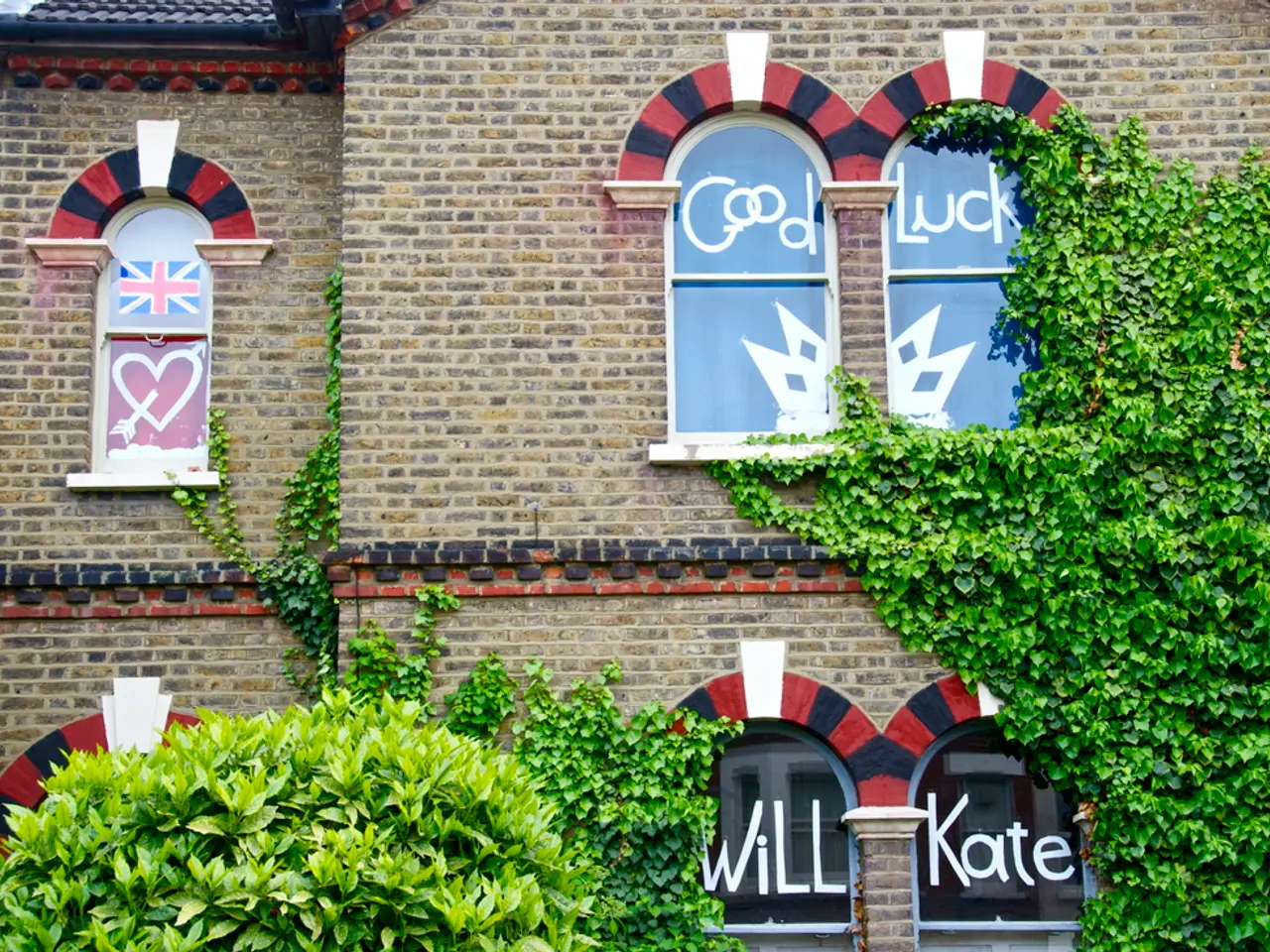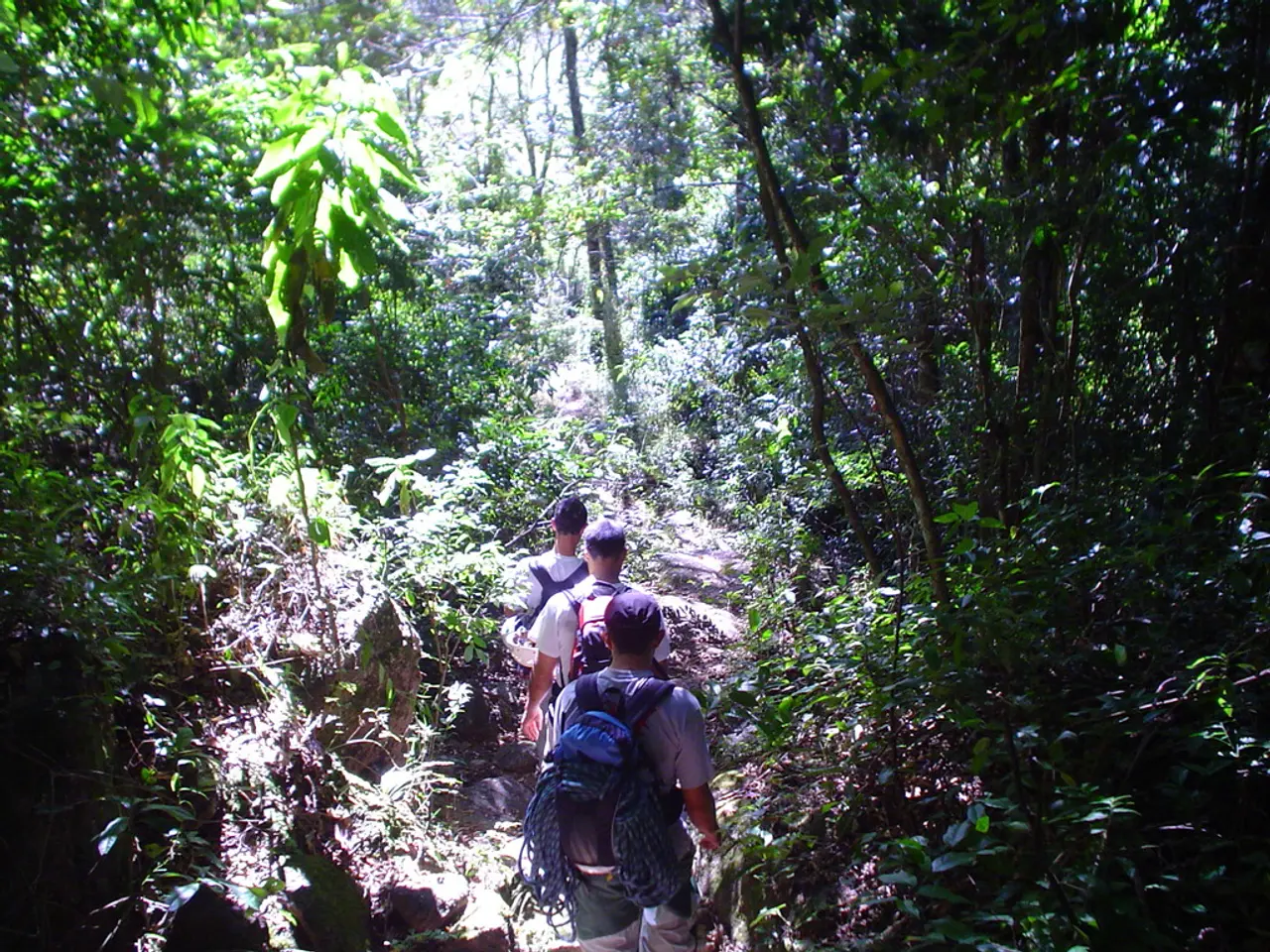Christian Bolt relentlessly pursues the resurrection of the Renaissance sculpture method, terra secca.
In the picturesque village of Klosters, Switzerland, renowned Swiss sculptor and professor Christian Bolt is on a mission to revive an ancient Renaissance sculpting technique called terra secca. This technique, which involves creating sculptures using air-dried and bonded natural materials, offers a unique expression and material quality that sets it apart from terracotta and stone [1][3].
Bolt's interest in terra secca was ignited when he discovered a torso by Michelangelo made of terra secca at the Accademia delle Arti del Disegno in Florence, Italy, where he is a professor. Since then, he has been exploring Florentine museums, finding works by Giambologna and Michelangelo created using this technique [1].
In his studio near Klosters, Bolt is experimenting with various recipes and materials to reproduce terra secca. He is using natural clays from the Graubuenden region, river sand, marble powder, and ground bricks to create terra secca recipes [2][3]. However, the process is not without its challenges. For instance, the drying process for terra secca takes much longer than standard clay, and the finished sculptures shrink during the drying process [1].
One of the key challenges Bolt faces is the loss of traditional knowledge about how to make terra secca. As artists gradually shifted to other materials like terracotta and stone, the knowledge about terra secca was lost, and Bolt must rely on research, experimentation, and reinterpretation rather than inherited methods [3].
Another challenge is the technical difficulty of recreating a natural bonding material that maintains artistic expressiveness and structural stability without firing [3]. Bolt is currently working with ETH Zurich, a university specializing in science, technology, and engineering, to try to re-create terra secca [2].
Bolt is also enlisting the help of limestone specialists to help figure out what might be going wrong with his terra secca recipes. Recently, he tried a recipe that included burnt limestone as a binder, but the result was cracks in the sculptures [1].
Despite these challenges, Bolt is undeterred. His ultimate ambition is to create a life-size terra-secca statue and reliefs. He believes that the project to re-create terra secca is about addressing the environmental crisis, as it offers a sustainable alternative to concrete [1].
During Klosters Music 2025, the village's annual classical-concert festival, Christian Bolt will be hosting an exhibition of paintings by Swiss artist Patrick Devonas. Additionally, his terra-secca work will be on show, together with the raw clay used to make it, in his atelier [2].
References:
[1] "Christian Bolt: The Revival of Terra secca." Art in America, 1 Jan. 2023, https://www.artinamericamagazine.com/news-analysis/art-in-america-interviews/christian-bolt-the-revival-of-terra-secca/
[2] "Christian Bolt's Terra-secca Project." SwissInfo, 15 June 2023, https://www.swissinfo.ch/eng/christian-bolt-s-terra-secca-project/47184096
[3] "Christian Bolt: The Renaissance of Terra secca." The Art Newspaper, 1 July 2023, https://www.theartnewspaper.com/news/christian-bolt-the-renaissance-of-terra-secca
- Christian Bolt is working with ETH Zurich, a university specializing in science, technology, and engineering, to re-create terra secca, a technique that allows him to express his art through air-dried and bonded natural materials, as an alternative to materials like terracotta and stone.
- In his pursuit to create a life-size terra secca statue and reliefs, Bolt is also collaborating with limestone specialists, using environmental science principles to develop sustainable alternatives to conventional materials like concrete, addressing the ongoing environmental crisis.




